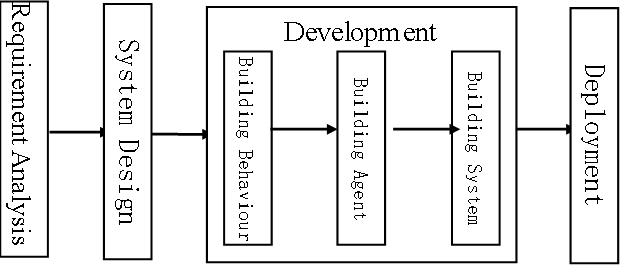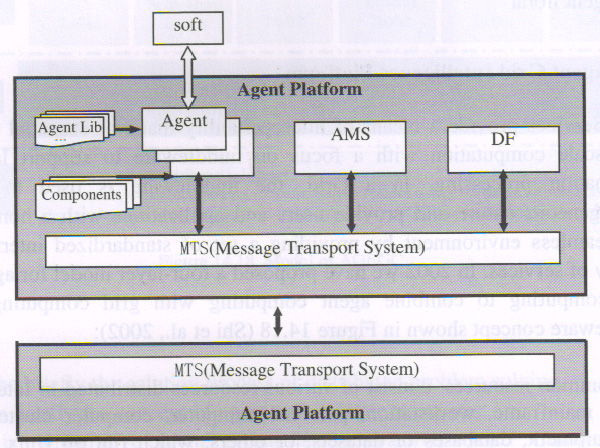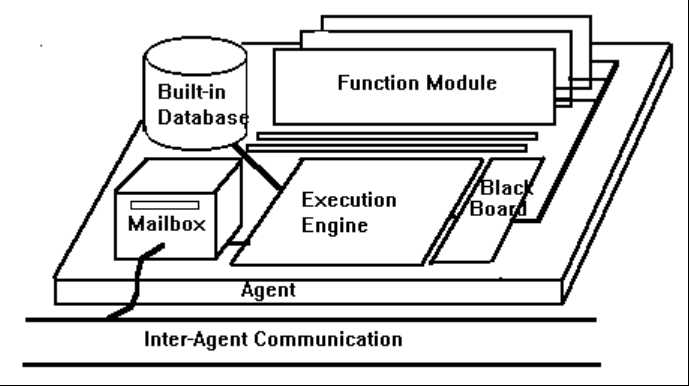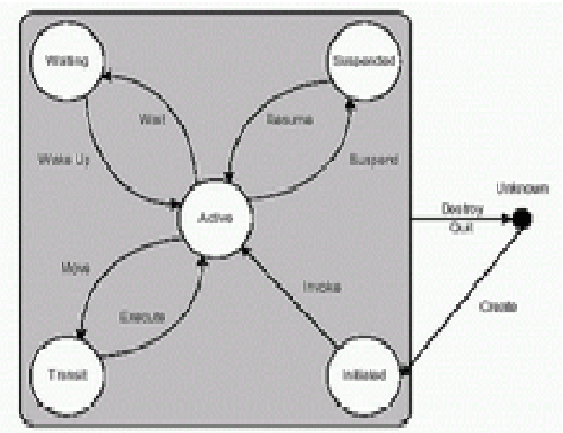Multi agent environment MAGE is an agent oriented software development, integration and operation environment. MAGE mainly provides users with an agent-oriented software development and system integration mode based on intelligent agent and multi-agent technology, including agent-oriented requirements analysis, system design, agent generation, system implementation and other stages. It provides a variety of software reuse patterns, which can easily reuse the principal or non principal software written in different languages; It also provides an agent-oriented software development mode, which takes the agent as the minimum granularity. By encapsulating and automating the general nature of the agent, programmers can easily realize their own applications by adding special behaviors; In this way, application programmers can easily integrate various applications by building new software and reusing old software. The specific process is shown in Figure 1.

Figure 1 Specific process in MAGE
1 MAGE Agent Platform Architecture
MAGE main body platform mainly includes four modules, namely, the main body management system AMS, the directory service main body DF, the general main body and the message transmission system MTS (implemented by the main body communication channel ACC in mage). In addition, there are two auxiliary modules to facilitate the development of the main body system, namely, the main body library and the functional component library. The specific architecture is shown in Figure.2.

Figure 2. MAGE running platform
2 Agent Architecture
The basic architecture of Agent is mainly composed of six modules: the Kernel, Basic Capabilities, Sensors, Communicators, Function Modules and Knowledge Base. The architecture is shown in Figure 3.

Figure 3. Agent architecture
3 Agent Life Cycle
The agent has a basic life cycle in the agent platform, as shown in Figure 4. It includes five basic states: initial state, active state, waiting state, suspended state, and transfer state. Its main life process is that when the subject platform creates a new subject according to a specific subject class, the subject is born, marking the beginning of its life and entering the initial state; The main body formally enters the active state through calling, and can perform its basic tasks and functions; When the system needs to suspend it, the main body will enter the suspended state until there is a recovery command to make the main body return to the active state; When the execution condition is not satisfied (such as waiting for resources), the subject is in a waiting state until the subject is awakened (the condition is satisfied); When the subject starts to move to other computers due to the needs of the system, it enters the transition state, and then enters the active state until the system executes it. In all these States, if the system issues a termination command, or the subject automatically exits, the subject will complete its entire life cycle and will no longer exist

Figure 4. Agent life cycle in MAGE
Download File: